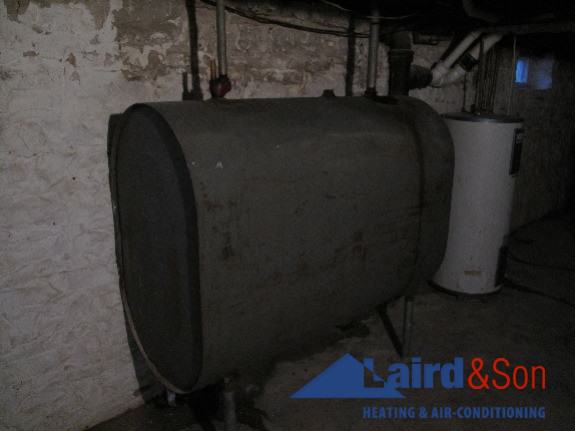The furnace is your best friend when temperatures drop. When it operates, you’ll feel warm and cozy in your home or office. You can go about your routines without shaking uncontrollably from the cold or be bundled up in layers of clothes. But your furnace might not work efficiently.
Oil Turns to Wax
For the most part, fuel-burning furnaces work well and they are durable appliances. But even the well-cared for furnace might not stand up to the chilly temperatures of a winter’s night. The furnace oil, Toronto residents might want to know, that it can become cloudy when the temperature drops to below 32 degrees Fahrenheit. When it’s cloudy, it will still flow.

But as the temperature drops further, the cloudy consistency can turn into wax or paraffin. And these could cling to the walls of the fuel lines, preventing your furnace from working properly.
While you can’t stop the cold weather from coming, you can take certain steps to stop the furnace oil from freezing or gelling or waxing.
Put the oil filters inside your home or building.
Outdoors, your oil filters will have to fight the cold. Winter is simply too strong for the felt filter media of an oil filter to withstand. Indoors, your oil filter will be warmed and safer—and free from getting clogged by the wax crystals that form in the oil when temperatures dip.
Try larger fuel lines.
In especially cold locations, larger fuel lines may be able to ride out the cold without getting clogged. Since it is larger in diameter, the gelled or thickened oil will take longer to clog up the line.
Ask your furnace oil dealer about a solution.
When you have hired a professional oil-burning furnace installer that also happens to sell furnace oil delivery, you can ask the service about a solution to oil freezing. You may get a recommendation on liquid additive. Liquid additives are formulated to reduce or prevent gelling.
Wrap fuel pipes with insulation.
Fuel pipes, like people, get cold, too. So why not bundle them up in insulation? They minimize, if not prevent, exposure to cold weather. If you can’t move fuel pipes indoors, insulation is the next best thing.
Build a room for your oil tank.
Finally, you can put your oil tank inside its own room. It will cost you money but it might be well worth the investment if your location gets more than its share of freezing temperatures.